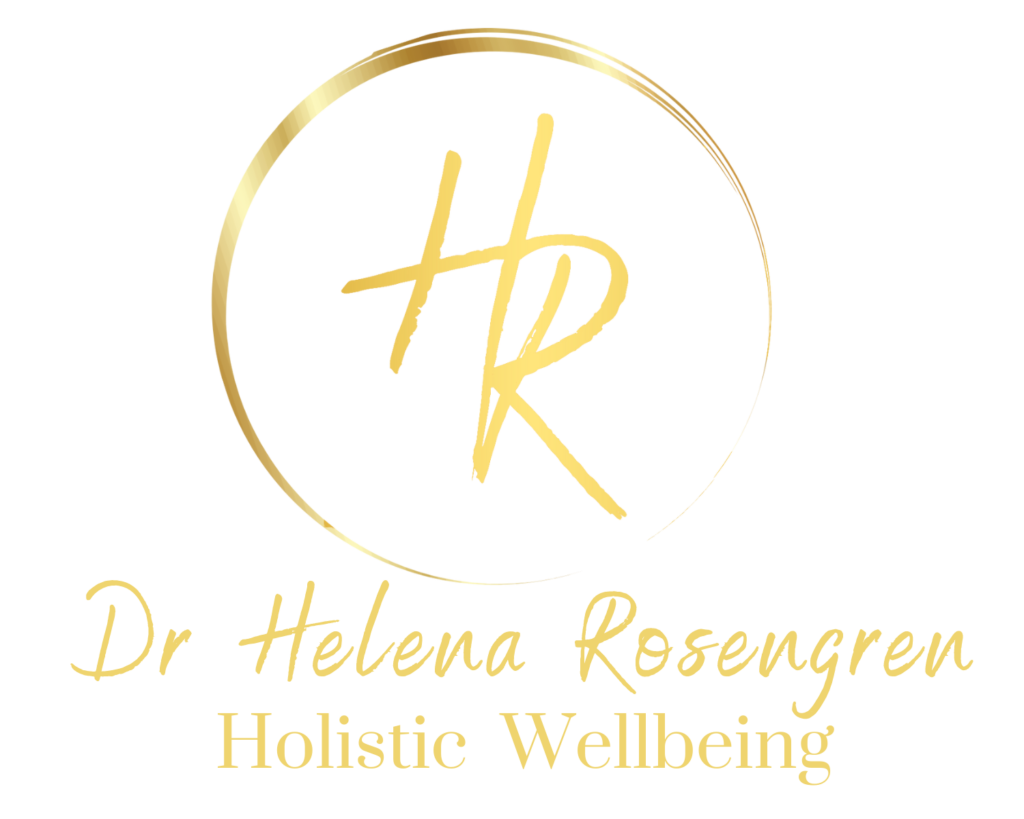Preventing Burnout & Chronic Exhaustion
Understanding Burnout: It’s Not Just Stress
What happens to your body when you feel stressed? Some people have trouble sleeping. You might feel your heart thumping or get a headache. Some people develop an upset stomach or heartburn.
To some degree, stress cannot be avoided in the workplace. Some levels of stress can even help us work at our best. But what happens when stress is chronic and unrelenting – day after day after day? If not successfully managed, it’s a direct path to burnout.
Beyond common physical symptoms, burnout is felt mentally and emotionally. Some of the symptoms overlap with depression. From a neuroscientific standpoint, the autonomic nervous system goes into overdrive. In a healthy person, this system knows when to rev up in response to threat (i.e. a stressor), and when to calm down. But in a person with burnout, the body becomes confused. It doesn’t function normally because it doesn’t know when to calm down.
Workplace Impacts of Burnout
The impacts of workplace burnout are real and ongoing – both personally and productively. The percentage of our workforce experiencing fatigue and burnout is alarming. An Australian study completed in 2023 found that 33% of employees reported that fatigue and burnout were negatively impacting their job satisfaction.
Someone with burnout becomes disengaged with work that they used to enjoy. They’ll lack energy and motivation, may have trouble sleeping, and will likely feel irritable. Beyond the personal impacts, burnout has a huge impact to the workplace. Burnt out, dissatisfied staff are not nearly as productive at work and much more likely to quit. This has a flow on effect to remaining staff. If burnout is experienced organisation-wide, the harsh reality is that the workplace is not a pleasant place to be. As a result, rates of staff turnover increase and workplace culture is generally… terrible. The difference to the bottom line cannot be overstated.
What to do about burnout
For people already experiencing burnout, there are ways to tackle it. Here’s what Dr Helena has to say:
“To a degree, when you’re experiencing burnout, your body needs to be rewired to a ‘normal’ state. There are straightforward, practical ways of sending messages to your internal nervous system to help reset it.
As burnout affects someone physically, mentally, and emotionally, a holistic approach is required to effectively manage the condition.”
As with most things: prevention is better than a cure. Often, just becoming aware of the warning signs of burnout is a big help. If you know the strategies to successfully manage ongoing stress, burnout can be avoided altogether.
Book Dr Helena For Your Next Work Conference
For our business leaders, it is imperative to understand the impacts of burnout in the workplace. Being aware of warning signs gives you an opportunity to make a real difference to your employees’ lives, as well as the bottom line. There are prevention strategies which can be proactively adopted as part of organisational processes.
Most importantly, you can empower your staff with practical strategies to manage ongoing stress. By prioritising the well being of your employees, they’ll be capable of bringing their utmost potential to the workplace.
In an engaging keynote speech workshop tailored to the audience, Dr Helena shares the scientific insights and practical strategies to combat burnout and chronic exhaustion in the workplace.
You can learn more about managing stress and preventing burnout through Dr Helena’s podcasts and blogs.

